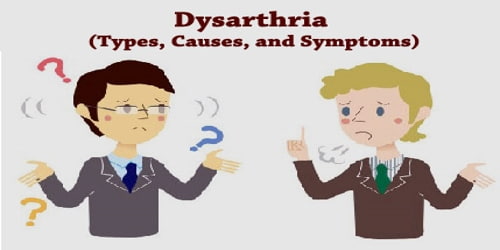According to a new study published in PLOS ONE by researchers from the University of Eastern Finland and international colleagues, a novel angiogenic microRNA medication could be a new alternative for the treatment of ischemic cardiovascular disease. The researchers describe a novel nuclear active microRNA in their work.
MicroRNAs (miRNAs) are non-coding RNAs that consist roughly 22 nucleotides and are found in the human body. They play important roles in a variety of biological processes, and their dysregulation has been linked to a variety of illnesses, including cancer and autoimmune disorders.
MicroRNAs are small RNA molecules that have a role in gene regulation. Their canonical function is to silence genes in the cell cytoplasm by targeting messenger RNAs. It is generally known that miRNAs mature in the cytoplasm and that miRNAs suppress post-transcriptional gene expression (PTGS) in the cytoplasm via the RNA-induced silencing complex (RISC) route.
However, miR-466c, a new microRNA, has a different method of action. It targets the gene promoter in the cell nucleus to upregulate vascular endothelial growth factor A (VEGFA).
These results have commercial implications for the development of novel RNA medicines, in addition to advancing scholarly understanding of microRNA biology. The use of short RNAs to boost VEGFA expression offers new therapy options for ischemic cardiovascular disease, which occurs when the tissue’s blood supply is disrupted.
Our patented microRNA drug has several advantages over traditional means of increasing gene expression. First of all, by activating the cell’s own therapeutic gene (e.g., VEGFA), all the different spliceforms of the gene are correctly produced. Also, being a small RNA, it is much less immunogenic and more stable than longer RNAs, such as mRNA based drugs.
Mikko Turunen
“RNA activation as a phenomenon has been known for 16 years already, but its commercial potential has been recognised only recently,” says Adjunct Professor Mikko Turunen, Chair of the newly founded RNatives company, which will be commercialising the patented microRNA drug.
“Our patented microRNA drug has several advantages over traditional means of increasing gene expression. First of all, by activating the cell’s own therapeutic gene (e.g., VEGFA), all the different spliceforms of the gene are correctly produced. Also, being a small RNA, it is much less immunogenic and more stable than longer RNAs, such as mRNA based drugs,” Turunen says.
However, multiple studies have shown the presence of mature miRNA in the nucleus, as well as the nucleus-cytoplasm trafficking route.
Furthermore, nuclear miRNAs have active regulatory functions such as PTGS, transcriptional gene silencing (TGS), and transcriptional gene activation (TGA), in which miRNAs bind nascent RNA transcripts, gene promoter regions, or enhancer regions, and then exert further effects via epigenetic pathways.
RNatives is creating modified exosomes for the delivery of these RNAs into patients in addition to RNA medicines.
















